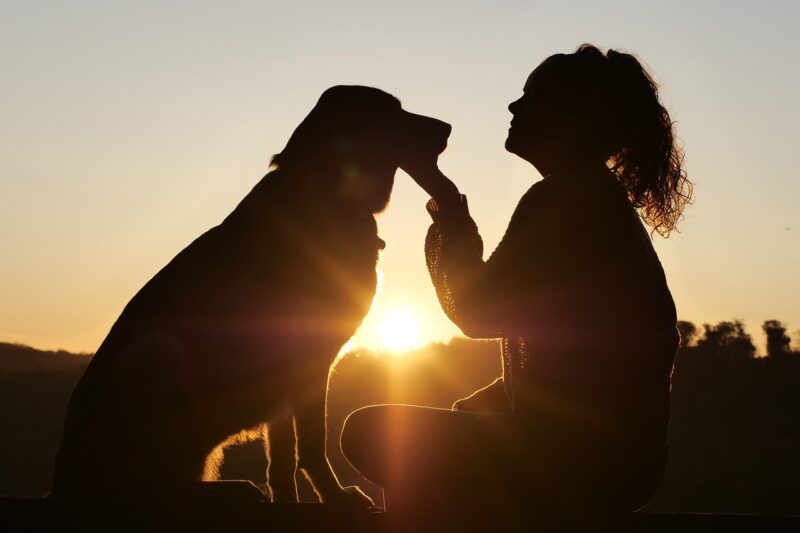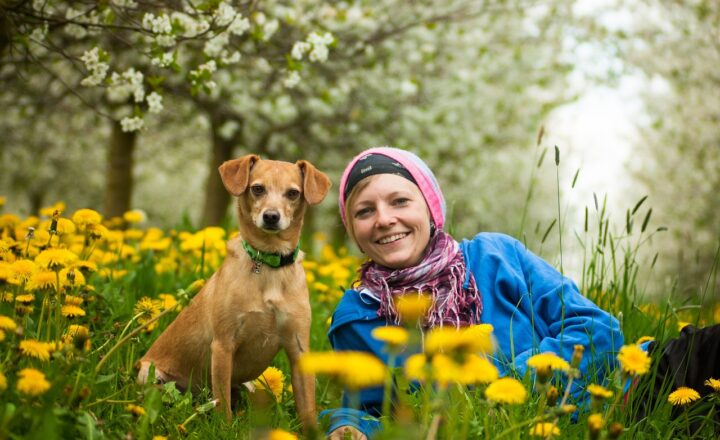Unusual Animal Friendships: When Different Species Bond in Zoos and Homes
November 16, 2024

Animal friendships come in many forms, but some of the most heartwarming and unusual bonds occur between different species. These interspecies friendships challenge our understanding of animal behavior and reveal a side of the animal kingdom that is often overlooked. From zoo habitats to homes, these unlikely pairings can be captivating for animal lovers and researchers alike.
1. The Science Behind Animal Friendships
A growing body of research suggests that animals are capable of forming emotional bonds with other species. These friendships can be fueled by social interaction, mutual benefit, and even playful behavior. For instance, animals like dogs and cats, despite their reputations as enemies, often form close friendships that exhibit affectionate behavior towards each other. Understanding these relationships requires looking at the behaviors of the animals involved and the environments they inhabit.
One aspect that plays a crucial role in these friendships is social learning. Animals are observant and can learn behaviors from one another, resulting in the development of relationships that might be unexpected. In managed environments like zoos, such interactions can be encouraged by the caretakers to foster welfare and reduce stress among the animals.
2. Remarkable Interspecies Friendships in Zoos
Many zoos around the world have documented remarkable cases where animals from differing species form unique friendships. Here are a few extraordinary examples:
- Tigers and Pigs: At the Noah’s Ark Animal Sanctuary in Georgia, a tiger named “J.J.” developed a deep bond with a piglet named “Penny.” After being introduced at a young age, the two became inseparable. They can often be seen cuddling and playing together, proving that the bond between different species can lead to companionship just as strong as that seen between members of the same species.
- Dogs and Cheetahs: The cheetahs at the San Diego Zoo have been socialized with dog companions to help ease their anxiety. The dogs help the cheetahs feel more secure and comfortable in their environment, leading to play and interaction that can enrich both species’ lives.
- Goats and Elephants: At a zoo in Australia, a goat named “Maggie” and an elephant named “Jambo” developed a friendship after sharing their habitat during playtime. They often engage in playful behaviors and can be seen side by side, forming a quaint and amusing relationship that entertains and delights visitors.
These examples illustrate that in managed care, interspecies friendships can flourish, offering companionship and emotional support in their environments.
3. Interspecies Friendships at Home
Beyond the confines of zoos, pet owners around the globe have witnessed the charm of unexpected friendships between pets and domesticated animals. Here are some heartwarming examples:
- Cats and Birds: While it might seem improbable, there are numerous reports of cats and birds becoming friends under the same roof. For instance, a cat and parakeet can often be seen grooming one another. The key to this relationship is early socialization and supervision to ensure the safety of both animals as they bond.
- Horses and Dogs: Dogs and horses often form tight-knit partnerships, whether it’s a faithful border collie helping herd sheep or a family dog playing with their equine companion during breaks. These friendships can lead to unique dynamic interactions and behaviors that showcase loyalty and companionship across species lines.
- Rabbits and Guinea Pigs: Many pet owners successfully house rabbits and guinea pigs together. These two species often exhibit friendly, playful behavior when they share communal spaces, proving that with proper introductions and care, thriving friendships can develop between different species in home environments.
These relationships showcase the emotional capacity of animals and their ability to form connections that transcend species.
4. Benefits of Interspecies Bonds
The friendship that develops between different species serves several important functions that go beyond emotional enrichment:
- Reduced Stress and Isolation: Animals that experience social isolation may benefit from companionship from other species. This can reduce stress and provide emotional support, especially in environments like zoos where animals might experience confinement or limited interaction with their own kind.
- Enhanced Learning Opportunities: Interspecies bonds can teach animals new behaviors through social learning. For example, young animals might learn to forage, train, or even communicate better through interactions with different species.
- Improved Quality of Life: Interactions between animals of different species can bring joy and excitement to their lives. This can lead to healthier behaviors and overall well-being within their environments, be it a zoo or home environment.
These benefits extend to both the animals involved and their human companions, enriching everyone’s lives.
5. Encouraging Interspecies Friendships
Encouraging interspecies friendships can be done in various environments, but within the home, there are steps to help facilitate these bonds safely:
- Supervised Socialization: When introducing different species, always supervise their interactions. Create positive experiences and gradually build their relationships to ensure safety and comfort for both parties.
- Secure Spaces: Ensure that animals can retreat to secure spaces if they feel threatened or overwhelmed. This fosters trust and confidence in their interactions while allowing them to feel safe.
- Encourage Playfulness: Provide toys and activities that encourage playful interactions between the species. This promotes bonding and helps strengthen their friendship over time.
Creating an environment that nurtures interspecies friendships can yield wonderful results and unique connections.
Conclusion
The phenomenon of unusual animal friendships between species is a captivating subject that reflects the complexities of the animal world. These friendships offer emotional support, reduce stress, and provide unique learning experiences that enrich the lives of animals in both zoos and homes. They challenge our assumptions about species boundaries, showing that love and friendship transcend different types of life.
Whether through joyful moments captured in a zoo or heartfelt connections made within homes, the impact of these unusual pairings resonates profoundly in our understanding of animal behavior and companionship. As we continue to observe and study these interspecies bonds, we gain valuable insights into the emotional capacities of animals and the importance of compassion and connection in all life forms.







